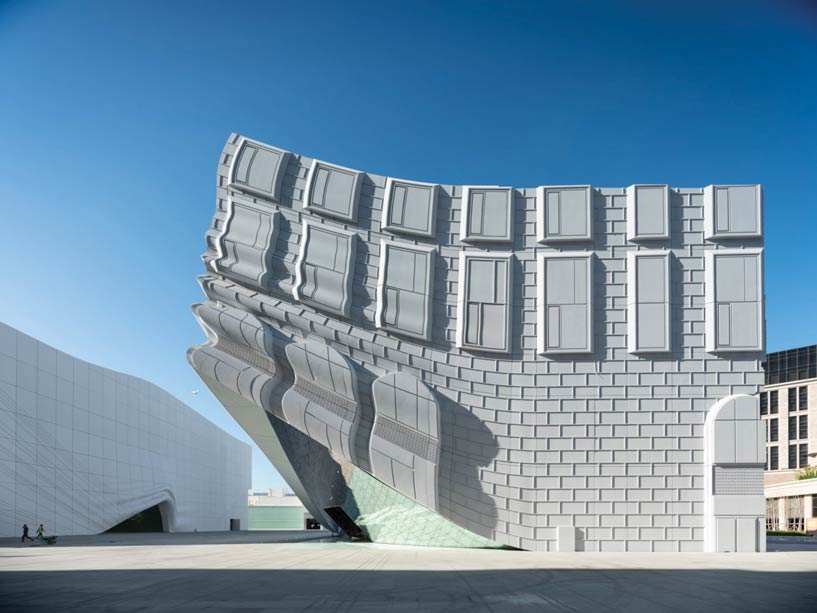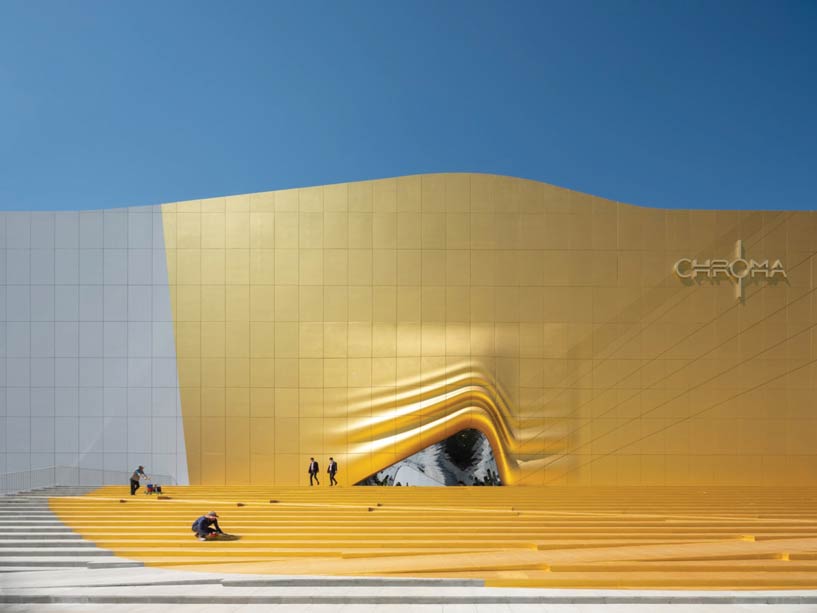
Glass reinforced concrete, or GRC, is an innovative material known for its strength, durability, and lightweight qualities. It has been used to create stunning projects worldwide, particularly in the Middle and Far East. However, its potential in India remains relatively untapped. In an exclusive interview with Verticaa Dvivedi, Editor-in-Chief, SURFACES REPORTER® (SR), Vijay Talwar (VT), Managing Director, Terra Firma, a leading GRC company offers valuable insights into the applications, advantages, and future of GRC in India’s construction landscape.

Why do you think we don’t see more extensive use of GRC in India, especially in facade projects, compared to other countries?
VT: GRC is relatively new in India, with its introduction dating back only about 15 years. However, it has gained significant traction in that time. The construction industry, government projects, and private developers are all increasingly using GRC.The railways have been proactive in adopting GRC and have launched renovations using this material in 500 stations. Additionally, government departments like PWD and CPWD have also embraced GRC extensively. Private developers mostly use GRC for columns, cornices, and screens, but we can expect more ambitious designs in the future.
What are the primary application areas of GRC, and what advantages does it offer over other materials?
VT: GRC’s applications are wide-ranging and suitable for both interior and exterior use. It can be applied to columns, beams, ceilings, walls, and facades, offering immense design flexibility.
Compared to other materials, GRC has numerous advantages. It’s a lightweight material, making it easier to work with and reducing the load on the building structure. GRC is also incredibly durable and will maintain its appearance for the building’s lifespan. This material is weather-resistant and has a long life expectancy. Furthermore, GRC offers design freedom, allowing architects and designers to create intricate shapes and patterns without compromising strength. The versatility of GRC is evident in Roman architecture recreated using the material. It’s an excellent choice for cladding, and its longevity ensures it is a one-time investment.
That’s fascinating. So, it’s not only aesthetically appealing but also practical and long-lasting. How is GRC installed, and is there any maintenance required?
VT: GRC can be installed using two methods - dry and wet applications. For dry installation, the panels are fixed onto metal frames using fasteners. This technique is often used for larger panels. In wet installation, the GRC elements are adhered to the substrate using a sand-cement plaster mixture. This method is suitable for smaller elements. As for maintenance, GRC is a low-maintenance material. The finished projects we’ve handed over have not required any further attention. However, if needed, any maintenance work would involve re-painting or filling silicone joints. But these are rare occurrences.
Impressive! Tell us about some notable projects you’ve undertaken in India using GRC and your experience in working with architects and designers.
VT: We’ve had the opportunity to collaborate with renowned architects like Sanjay Puri. We worked on the Bangur Cement Group’s headquarters in Jaipur, covering the entire building interior with GRC - amounting to around 40,000 square feet. The project started with a spider web design and grew in scope, even extending to the terrace area.
We’ve also executed projects in collaboration with other architects, including creating large screens and columns. Architects are increasingly enthusiastic about incorporating GRC into their designs, and we’ve seen a surge in demand from them.

It’s wonderful to hear that architects are embracing this material. What message would you like to share with architects and designers about the potential of GRC?
VT: My message to architects and designers is that GRC is a versatile material waiting to be explored. It offers immense possibilities in terms of shape, size, and design. The future of GRC usage in India looks bright, and we will continue to see incredible designs incorporating this material. The applications of GRC in the Middle East and Far East are inspiring, and I believe we will witness similar creations in India soon. Architects and designers play a crucial role in pushing the boundaries of what’s possible with GRC, and we are here to support them in bringing their visions to life.